Dog Obedience Training at Home
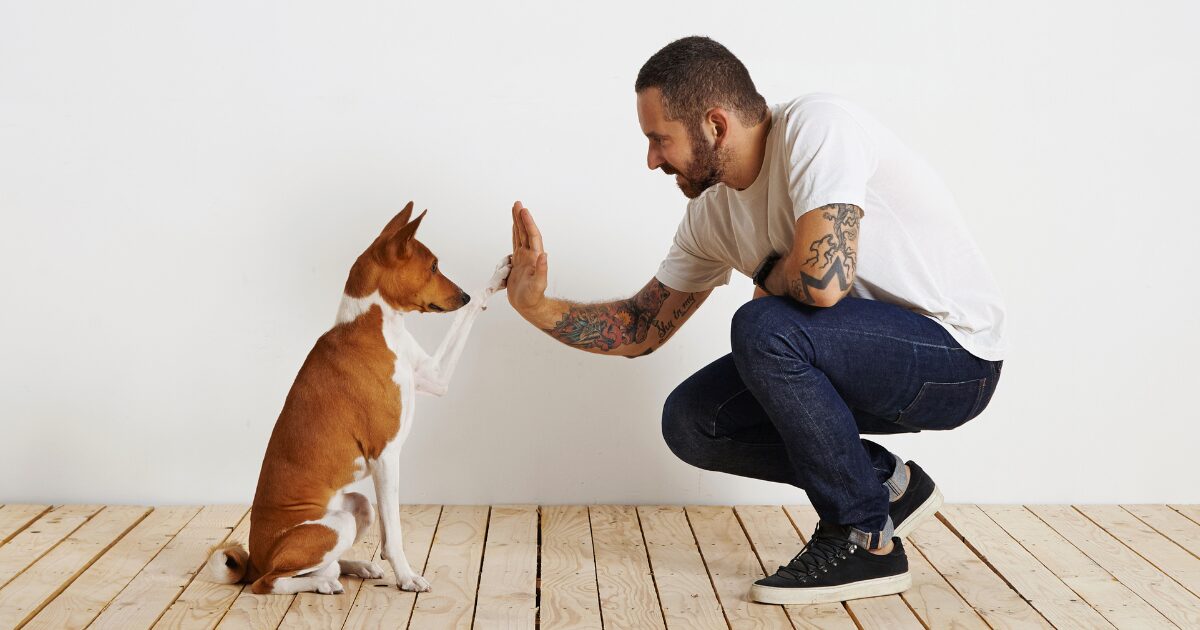
Becoming a dog owner is one of life’s greatest joys, but it also comes with responsibilities that can sometimes feel overwhelming—especially if it’s your first time owning a dog. One of the most important things you can do for your new furry friend is to establish good behavior early through dog obedience training at home. Not only will this ensure your dog becomes a well-behaved companion, but it will also create a deeper bond between you and your pet.
Training your dog at home is a convenient and effective way to help them become the best version of themselves. If you’re a first-time dog owner, don’t worry if you’re unsure where to begin! In this article, we’ll explore 7 easy and actionable dog obedience training tips that will set you and your dog up for success—all from the comfort of your home.
Why Dog Obedience Training at Home is the Best Choice for First-Time Dog Owners
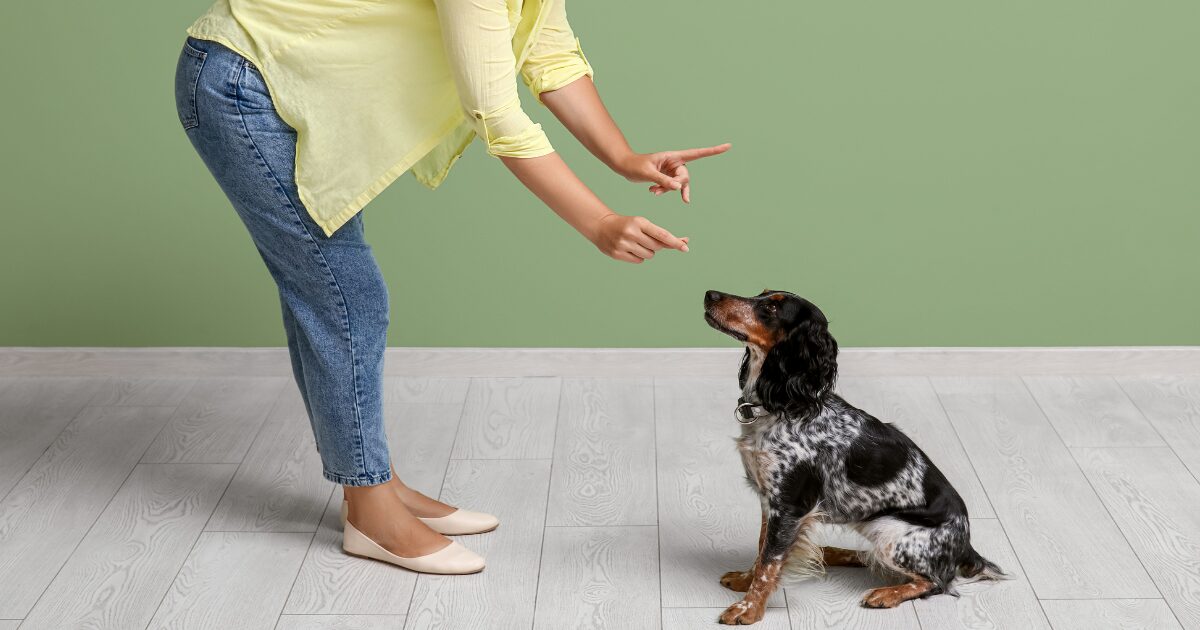
If you’re a first-time dog owner, you may be wondering why you should opt for dog obedience training at home instead of sending your dog to a professional trainer. The truth is that dog obedience training at home offers several advantages, especially for beginners.
First, training at home provides the ultimate convenience. As a first-time dog owner, you probably have a lot going on in your life, whether it’s work, school, or family commitments. Taking your dog to a training facility can be time-consuming and may not always fit into your busy schedule. However, when you train your dog at home, you can do so at your own pace, whenever it’s convenient for you. You’re in control of the timing and the frequency of the sessions, which helps make the training process more manageable.
Another great benefit of dog obedience training at home is that it’s more affordable than hiring a professional trainer or attending training classes. As a first-time dog owner, you’re likely trying to stick to a budget, and training your dog at home is a cost-effective way to achieve great results without breaking the bank. With the right resources, such as online training programs, books, and videos, you can successfully teach your dog without having to pay for pricey in-person sessions.
Moreover, training your dog at home allows you to work in a familiar environment. Dogs can feel nervous or stressed in unfamiliar surroundings, which might make it harder for them to focus on the task at hand. By training in the comfort of your home, you’re helping your dog feel more relaxed, which can lead to quicker learning. You also have the flexibility to tailor your training sessions to address your dog’s specific behavioral issues, such as excessive barking, separation anxiety, or chewing.
On top of that, dog obedience training at home helps you build a deeper connection with your dog. By spending time together, teaching them new skills, and reinforcing positive behaviors, you’ll strengthen your bond. This connection not only makes the training process smoother but also enhances the overall relationship you have with your dog, creating a lifelong partnership built on trust and mutual respect.
Set Your Dog Up for Success: Creating a Positive Training Environment at Home
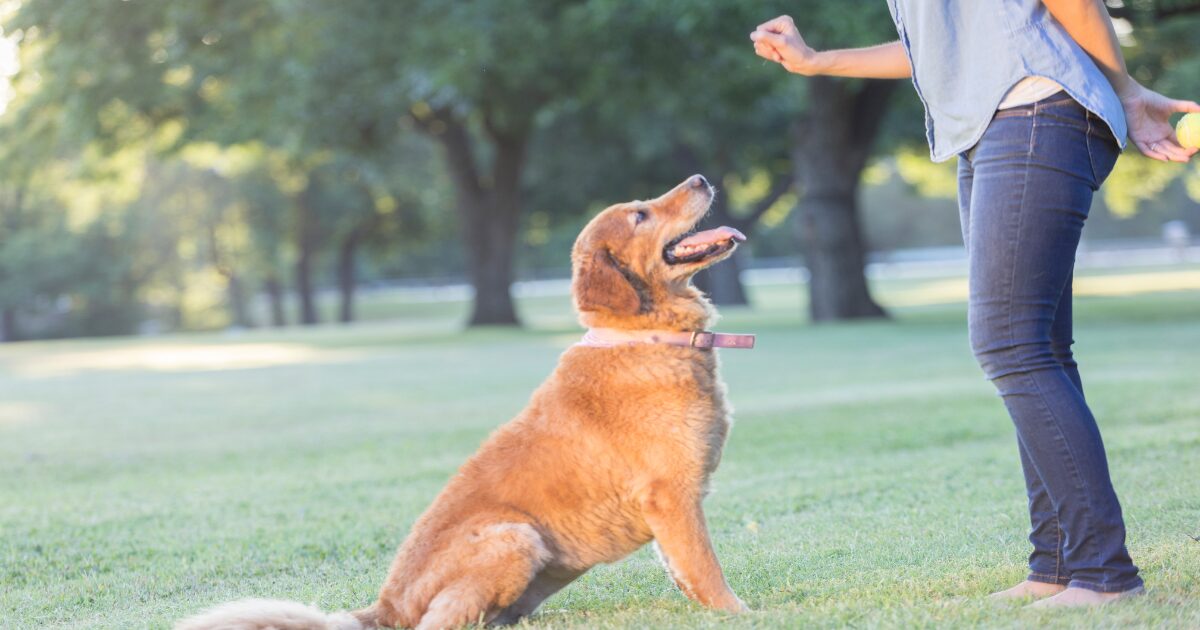
Before you start your dog obedience training at home, it’s crucial to create an environment that promotes learning. Just like humans, dogs thrive in spaces that are calm, comfortable, and free from distractions. This section will walk you through how to set up the ideal space to ensure your dog has the best chance to succeed.
Start by choosing a quiet area in your home where you can focus on training. A room with minimal distractions—like your living room or kitchen—is perfect. Avoid areas that might have loud noises, like the TV or a busy street outside, as these distractions can make it difficult for your dog to concentrate. You’ll want a space that’s free of tempting objects, too, so your dog doesn’t get sidetracked during training.
Once you’ve picked the right space, make sure it’s properly equipped for your sessions. Having the right tools is essential for successful dog obedience training at home. Make sure you have your dog’s favorite treats on hand—treats are often the most effective way to motivate your dog. You should also have a leash (for walking and leash training), a clicker if you’re using positive reinforcement techniques, and any other equipment necessary for specific commands or behaviors (such as a crate for crate training).
A good idea is to designate a consistent space for training each day. This helps your dog associate that area with learning, making it easier for them to focus during sessions. If you decide to train outside, in your yard or garden, make sure the environment is safe and secure so your dog can’t escape or become distracted by other animals or people.
In addition to the physical environment, you must also consider the emotional atmosphere. Training sessions should be filled with positive energy. Dogs respond well to enthusiastic and encouraging owners, so try to stay upbeat and patient—even when things aren’t going as planned. If you’re stressed or frustrated, your dog will likely pick up on these emotions, which can hinder their ability to focus. By maintaining a calm, positive attitude, you’ll help your dog feel confident and eager to learn.
Another aspect of a successful training environment is consistency. Conduct your training sessions in the same spot each day, with the same routine and expectations. Dogs thrive on routine, and establishing a predictable environment will make them more comfortable and responsive to the training.
Tip #1: Master the Basics of Dog Obedience Training at Home with Consistency
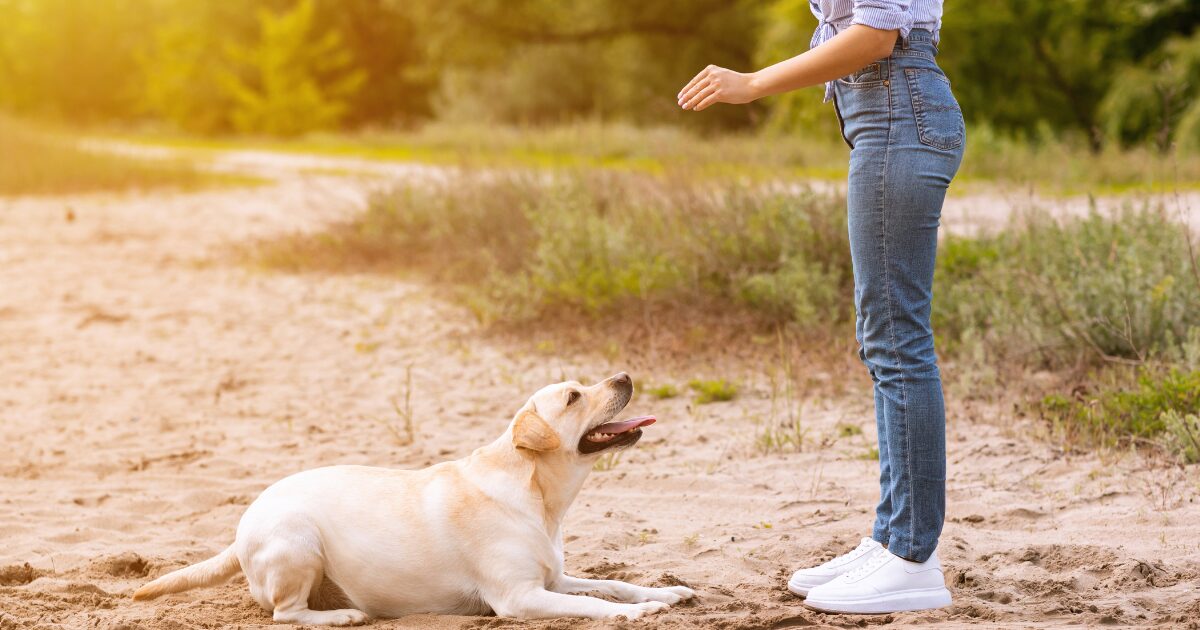
As a first-time dog owner, it’s crucial to start with the basics. Trying to teach your dog complex tricks right away can be overwhelming and confusing for both you and your dog. Instead, focus on mastering basic commands like “sit,” “stay,” “come,” and “down.” These commands are the foundation for all future training, and once your dog has them down, you can move on to more advanced skills.
Consistency is one of the most important aspects of dog obedience training at home. Dogs are creatures of habit, and they learn best when they’re given clear, consistent cues. For example, when you ask your dog to “sit,” always use the same word and tone, and always reward them immediately after they perform the action correctly. If you consistently use different words or phrases for the same command, your dog will become confused and struggle to learn the behavior.
When it comes to consistency, it’s also important to establish a routine. Dogs learn best when they know what to expect. This means setting aside time each day for training and sticking to it. Whether you do one long training session or several shorter ones, consistency in timing and duration helps reinforce the desired behaviors.
Another crucial element of consistency is ensuring that everyone in the household uses the same commands. If different people are saying different words or using different gestures, your dog will struggle to understand what’s expected. For example, if one person says “sit” while another says “sit down,” your dog will likely become confused and fail to respond appropriately. Make sure that everyone who interacts with your dog during training uses the same words and commands to create a unified approach.
Tip #2: How to Use Positive Reinforcement in Dog Obedience Training at Home
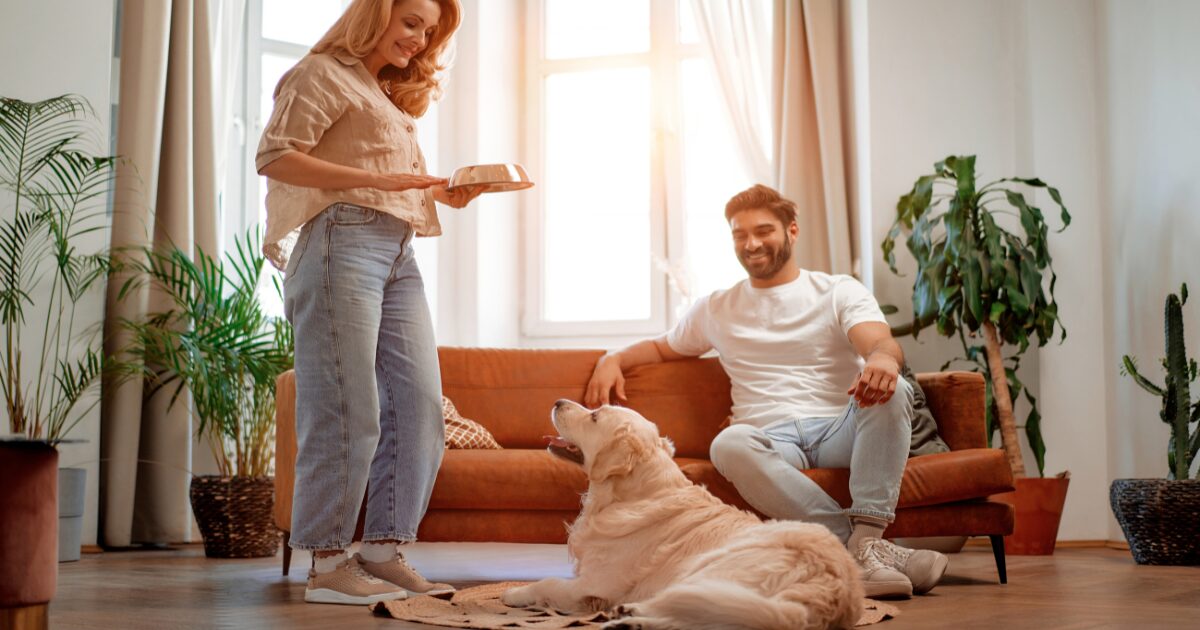
Positive reinforcement is a powerful tool in dog obedience training at home, especially for first-time dog owners. This method works by rewarding your dog for performing the desired behavior, which encourages them to repeat it in the future. Positive reinforcement helps your dog associate the behavior with something pleasant, creating a strong motivation to obey commands.
One of the best ways to use positive reinforcement is with treats. Dogs are motivated by food, so using treats as rewards makes training a lot easier. When your dog performs a command correctly, immediately reward them with a treat, followed by praise or affection. The key is to reward them right away, so they can connect the behavior with the reward. Delayed rewards can confuse your dog and make the training process less effective.
However, treats aren’t the only form of positive reinforcement. Many dogs also respond well to verbal praise, like saying “good boy!” or “good girl!” in a happy, encouraging tone. You can also offer physical affection, like petting or belly rubs, as a reward. Find what motivates your dog the most, and be consistent in using it as a reward.
It’s important to remember that positive reinforcement should be immediate and consistent. If your dog sits when you ask them to, don’t wait too long before rewarding them. If they don’t receive their reward right after the correct behavior, they may not understand what they did right. Consistent positive reinforcement helps your dog learn faster and builds a sense of trust between you and your pet.
Tip #3: Time Management Tips for Busy First-Time Owners to Make Dog Obedience Training at Home Easy
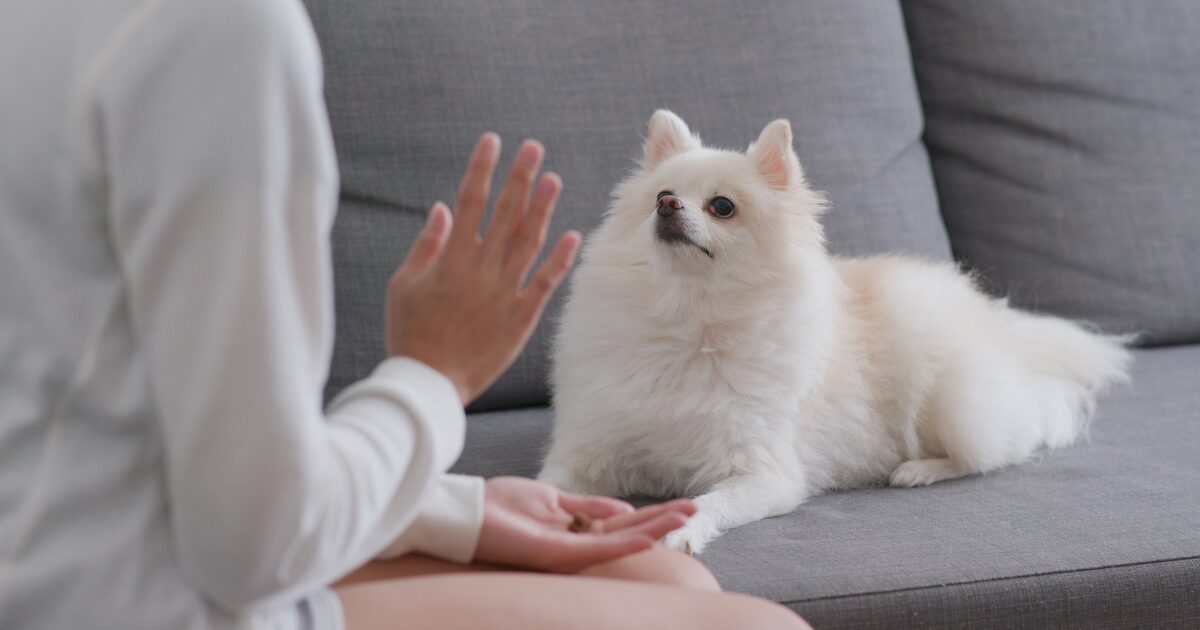
Being a first-time dog owner is exciting, but it’s also a big commitment. If you’re working full-time or juggling a busy life, finding the time for dog obedience training at home can feel like a challenge. However, with a little time management, you can still fit training into your daily routine without feeling overwhelmed.
One of the best ways to approach training is by breaking it into short, 5-10 minute sessions. Dogs have short attention spans, so lengthy training sessions can be frustrating for them. Instead of trying to squeeze in one long session each day, aim for multiple short sessions throughout the day. You can practice basic commands during your lunch break, while you watch TV, or during a walk around the neighborhood.
Another helpful tip is to incorporate training into your everyday activities. If you’re preparing dinner, ask your dog to sit and stay before you serve their meal. While you’re out for a walk,
practice loose leash walking or recall commands. This way, training becomes part of your daily routine, and you don’t have to carve out additional time for it.
Additionally, don’t hesitate to get the whole family involved in the training process. If you have roommates, a partner, or children, let them participate in training sessions. This will ensure that your dog learns to respond to different people and will also help spread the responsibility of training.
Tip #4: Troubleshooting Common Dog Obedience Challenges You Can Fix at Home
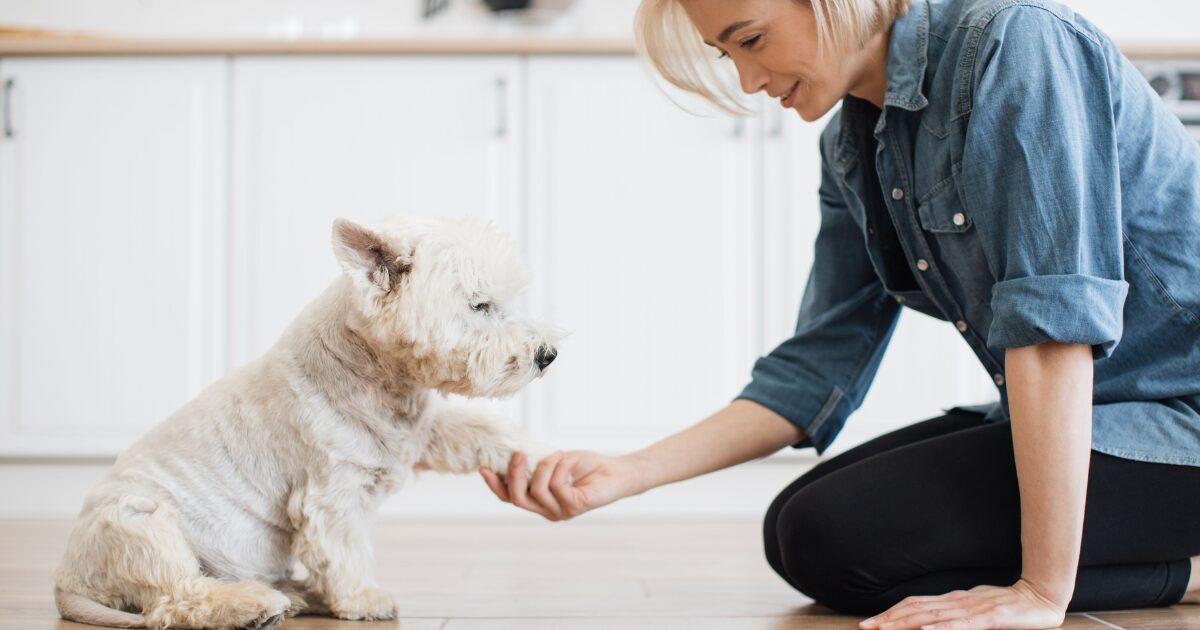
Even with the best intentions, dog obedience training at home can sometimes come with a few roadblocks, especially for first-time dog owners. Understanding and addressing common challenges head-on will help you avoid frustration and keep the training process moving forward smoothly. Let’s take a look at some common obstacles you may encounter and how to fix them in the comfort of your own home.
One of the most common issues dog owners face is their dog not listening to commands. This can happen for several reasons, including distractions, boredom, or not fully understanding what’s being asked. If your dog isn’t responding, start by removing distractions from the environment. Turn off the TV, close the windows, and make sure your dog’s focus is entirely on you. If your dog is distracted by food, toys, or other pets, move to a quieter, more controlled area where they can concentrate on your commands.
Another issue that can arise during dog obedience training at home is when your dog becomes overly excited or too hyperactive. Dogs that are filled with pent-up energy may struggle to focus on training. If you notice this happening, it’s important to take a step back. Consider engaging in a quick play session or going for a walk before starting your training. Allowing your dog to burn off some of that excess energy will make them more likely to concentrate on the task at hand.
A very common challenge that first-time dog owners face is dealing with leash pulling during walks. This can be frustrating not only for you but for your dog as well. To address leash pulling, make sure that you’re using the right equipment. A no-pull harness or a front-clip harness can help discourage pulling, as it redirects the dog’s attention toward you. During walks, when your dog starts to pull, stop walking immediately. Wait for them to return to your side before continuing. By stopping every time your dog pulls, they’ll learn that pulling doesn’t get them anywhere.
If your dog has separation anxiety or struggles to stay alone, you may face challenges with training as well. In these cases, begin by teaching your dog to be comfortable with short periods of separation. Gradually increase the length of time you are apart, ensuring that your dog has a safe and comfortable space to relax in during training sessions. Use positive reinforcement to reward calm behavior when they are left alone.
Finally, one of the most challenging issues that many first-time owners encounter is dealing with unwanted behaviors like excessive barking, chewing, or jumping. These issues are common, but they are not insurmountable. Consistently reinforcing positive behaviors while redirecting unwanted behaviors is key. For example, if your dog barks excessively, try to identify the trigger and eliminate it if possible. If your dog jumps up on people, reward them when they keep all four paws on the ground, teaching them that calm behavior is rewarded.
Tip #5: Keep the Fun Going: How to Make Dog Obedience Training at Home Enjoyable for Both You and Your Pup
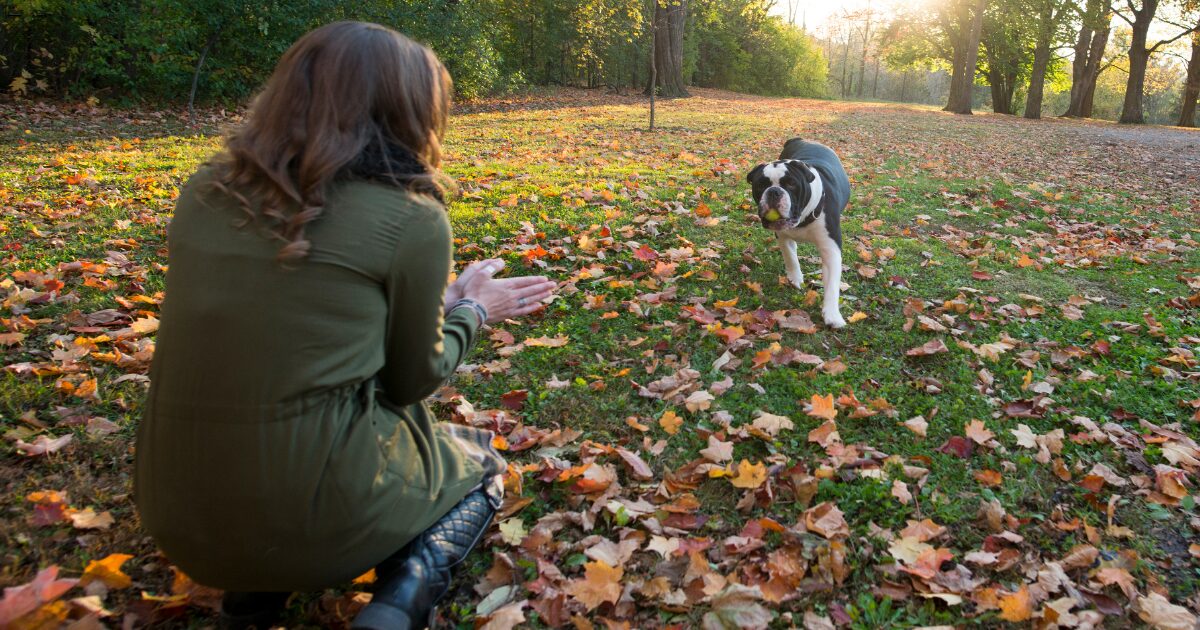
Dog obedience training at home doesn’t have to feel like a chore! In fact, it can be a fun, rewarding experience for both you and your dog. When training feels enjoyable, your dog will be more motivated to participate, and you’ll both look forward to the sessions. Let’s explore how to keep the fun going during your dog’s training journey.
One of the best ways to make training enjoyable is to turn it into a game. Dogs are naturally playful creatures, and using playtime as part of the training process can make learning feel less like work and more like fun. For example, you can teach your dog to fetch or play hide-and-seek while practicing commands like “sit,” “stay,” and “come.” These games help reinforce obedience while keeping your dog mentally stimulated.
Interactive toys and puzzle feeders are another great way to make training more enjoyable for your dog. These toys engage your dog’s mind while helping them practice essential skills like problem-solving and focus. You can use puzzle toys during breaks in your training session, offering your dog a fun and challenging way to relax.
Another idea is to add variety to your training sessions. While repetition is important for teaching new commands, dogs can easily become bored if you’re doing the same thing over and over. Mix up your training routine by teaching new tricks, using different rewards, or incorporating training into daily activities. For example, during a walk, practice “heel” or “sit” on command, or hide treats for your dog to find.
Remember, training isn’t all about drills—it’s also about bonding. Use the time spent together as an opportunity to build your relationship with your dog. Offer praise, belly rubs, and snuggles as rewards in addition to treats. By making your dog’s obedience training a positive, enjoyable experience, you’ll help foster a sense of trust and connection that lasts a lifetime.
Conclusion: Stay Consistent and Enjoy the Journey!
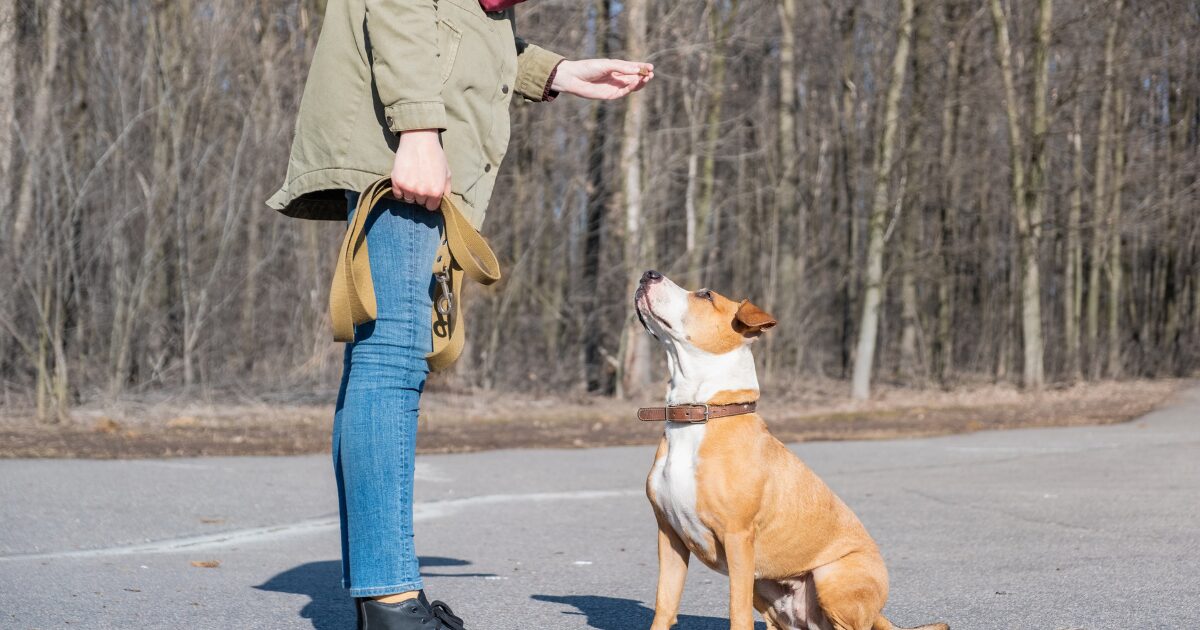
Training your dog at home is one of the best decisions you can make as a first-time dog owner. With the right mindset, tools, and techniques, you can achieve impressive results that will set you and your dog up for a lifetime of success. Remember, the key is consistency, patience, and positive reinforcement. Take small steps each day, and soon you’ll have a well-behaved dog who responds to your commands with ease.
Don’t forget that training is a journey, not a destination! Celebrate the small victories, keep things fun, and enjoy the bonding experience with your dog. If you encounter challenges along the way, keep an open mind, adapt your training techniques, and stay patient. With time and effort, you’ll unlock your dog’s full potential.
For more information and helpful resources on dog obedience training at home, visit https://thepawshub.com/.